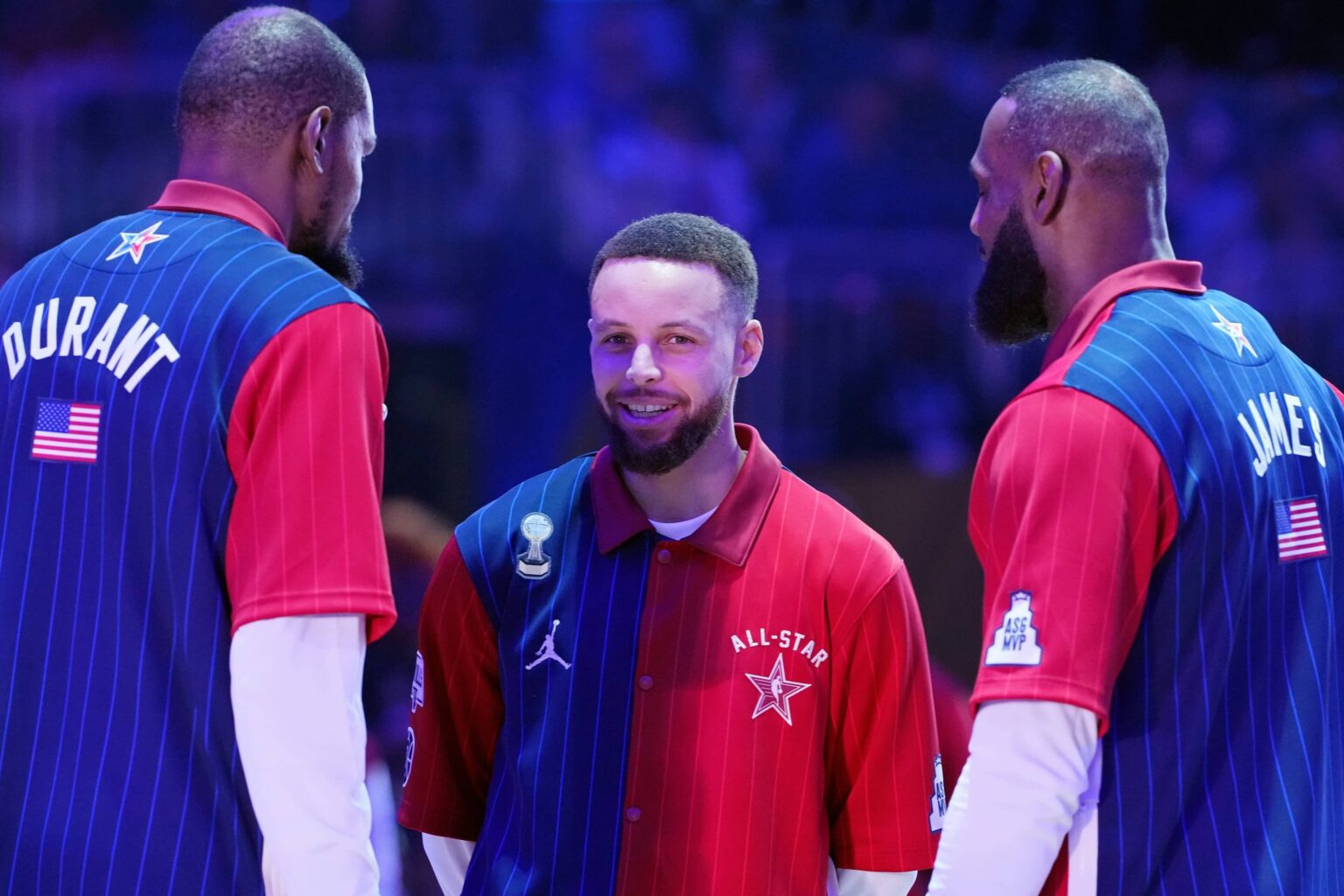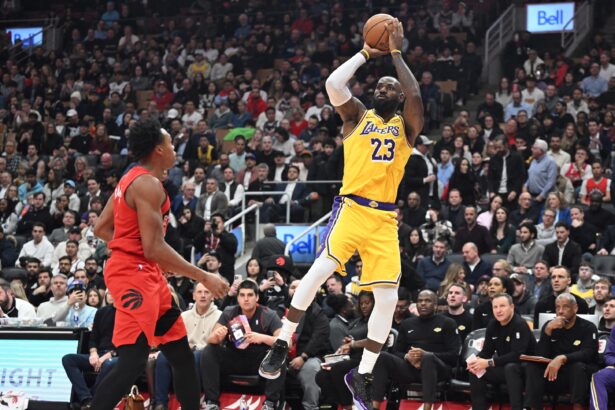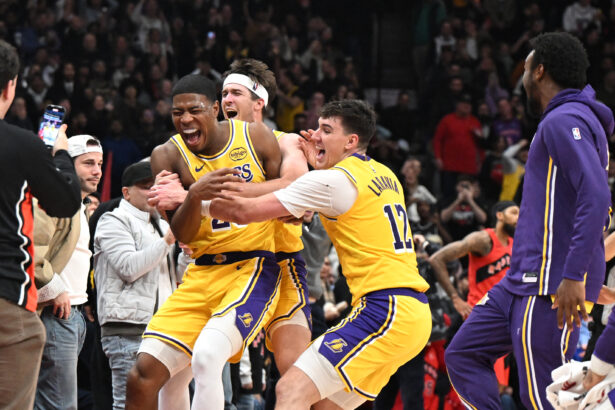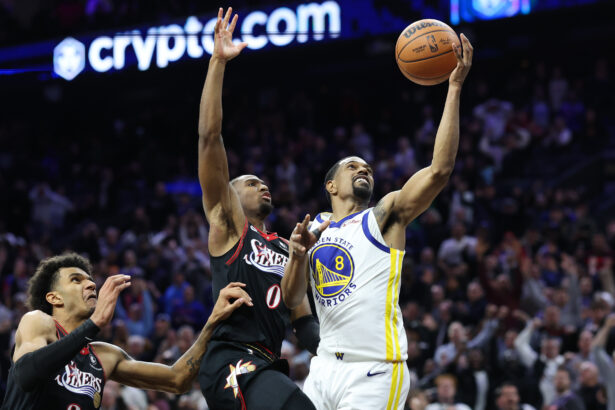The NBA has announced a significant overhaul of its All-Star Game format, introducing a four-team, tournament-style event for the 2025 showcase. This radical change aims to restore the competitiveness and excitement that many feel have been missing from the game in recent years.
The revamped format will feature three teams composed of All-Star players and a fourth team made up of Rising Stars Challenge winners. These four squads will compete in a single-elimination tournament, with the semifinals being played to 40 points and the final to 25 points. The league believes this quick-burst style, which resembles pickup basketball, will reintroduce intensity and stakes to the event.
The decision to revamp the format comes after widespread criticism of the lack of effort and competitiveness in recent All-Star Games. The 2024 game, for instance, saw the Eastern Conference defeat the Western Conference 211-186 in a defense-optional spectacle that left fans and players disappointed.
NBA Commissioner Adam Silver acknowledged the issue publicly, admitting that the All-Star Game’s current format was no longer delivering the entertainment and competition that fans deserve. This led to extensive discussions over the summer, with input from players, coaches, and league officials, including Golden State Warriors star Stephen Curry, whose team will host the 2025 event.
Former President Barack Obama also weighed in earlier this year, urging the league and players to restore the pride and competitiveness that once defined the All-Star Game.
The new format is designed to ensure that every possession matters, with the shorter games creating a sense of urgency that has been missing from the traditional structure. The league is banking on the tournament-style competition to bring out the players’ natural competitive instincts, while also offering a fresh twist to the All-Star weekend festivities.
Unlike the elongated and often lackadaisical play seen in previous games, this format will demand high energy and focus, making it harder for players to coast through the event.
Another element of the new All-Star format is its potential to showcase young talent alongside established stars. By including the Rising Stars Challenge winners, the league offers a platform for emerging players to compete directly with NBA veterans, adding an intriguing layer of unpredictability to the games. Fans could see future stars go head-to-head with current icons, which might create some of the most memorable moments of the weekend.
While this change has generated excitement, it also raises questions about player buy-in. In recent years, players have prioritized preserving their health for the regular season and playoffs, often treating the All-Star Game as a low-effort exhibition.
The league hopes that the competitive nature of the new format, combined with the pride of representing their respective teams, will reignite their drive to perform. Additionally, the tournament’s structure could appeal to players’ natural desire to win, as the shorter, faster games mimic the intense nature of summer pickup games.
Ultimately, the NBA’s decision to overhaul the All-Star Game format represents a bold step toward reviving the event’s relevance and appeal. If successful, it could serve as a blueprint for future iterations, ensuring that the All-Star Game remains a highlight of the basketball calendar while providing fans with the competitive spectacle they crave. The league, players, and fans now wait to see if this gamble will pay off in February 2025.
Thank you for being a valued reader of Fadeaway World. If you liked this article, please consider following us on Google News. We really appreciate your support.



















